The most recent applications for Tilt-Up structures are small buildings and residential structures. The upscale finishes, discussed in later sections, have helped Tilt-Up gain acceptance.
Building types and panel applications are of as much variety as the location where Tilt-Up is performed. Considering the growth that has occurred since the 1950s it is not uncommon to find Tilt-Up panels in an ever-increasing list of applications including the following:Warehouses and distribution centers, Factories and manufacturing plants, Shopping centers, Office buildings, Churches, Schools, Correction centers and institutions, Fire stations, Parking structures, Hotels and motels, Mini-storage warehouses and caves, Automotive dealerships, Banks, Theaters, Libraries, Produce storage and timber kilns, Retaining walls, Freestanding walls and fences, Signs, Tanks, Storage bins and bunkers, Sound walls and transportation systems, Seating stanchions, Towers and even Sculptures.
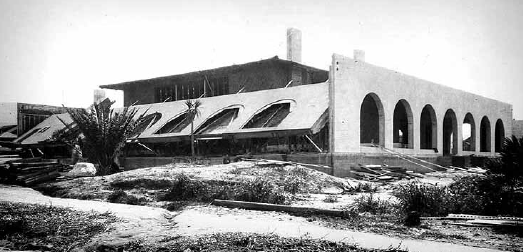
THE ADVANTAGES OF TILT-UP
The construction market is highly competitive, and Tilt-Up is chosen only when its advantages,given the locale and circumstances of a project, clearly favor it. These advantages include:
1. Economy. In areas where Tilt-Up design and construction expertise are available;especially trained crane and rigging personnel;Tilt-Up proves to be more economical than competing construction methods for similar types of buildings. For example, in the highly competitive Southern California construction market, it is rare to see a large masonry industrial building, as Tilt-Up dominates in that geographical marketplace.
2. Speed of Construction. From the time the floor slab is placed, the typical elapsed time from starting to form the panels until the building shell is completed is four to five weeks.
3. Durability. Tilt-Up buildings constructed in the late 1940s show little sign of age (except architectural styling!) and some are being handsomely remodeled.
4. Fire Resistance. Concrete is an obvious first choice for fire resistance.For example, a six inch thick wall has a fire resistance rating of four hours.
5. Low Maintenance Costs. Typically, the only maintenance required is a new coat of paint every six to eight years.
6. Lower Insurance Rates. The fire resistance and durability of Tilt-Up concrete walls result in lower premiums.
7. Architectural Attractiveness. A look through the Portfolio of Tilt-Up Buildings section will attest to this feature of Tilt-Up.
8. Low Heating/Cooling Costs. Tilt-Up walls can be economically insulated to give higher insulation values. Insulation is integrated with Tilt-Up concrete walls to provide an insulation value that often exceeds anything found in masonry and wood frame construction.
9. Expandability. By planning for the possibility of expansion, panel connection can be designed so the panels can be detached and relocated.
10. Security. Unlike metal buildings, forced entry through walls can only be made through door and window openings.
11. Value Appreciation. All of the above features of Tilt-Up help ensure the desirability of an investment in a Tilt-Up building.
Concrete batch plant,especially some medium concrete batch plant is the ideal choice for modular concrete products production factory.The precast concrete batch plant can be used for the production of concrete slab, concrete pipe, concrete floor,etc.
If you have any queries regarding to this article, please feel free to contact us or leave us an inquiry to get price and support of precast concrete batch plant!
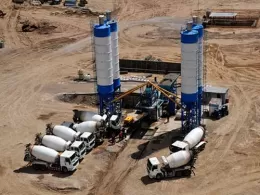
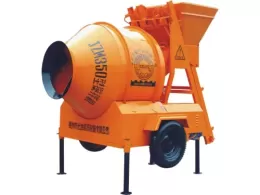
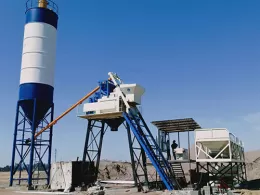

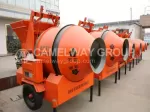
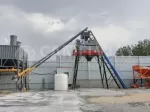
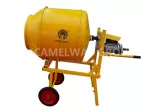
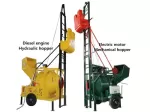
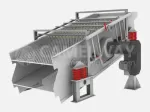
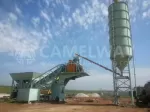
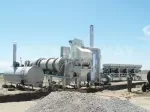
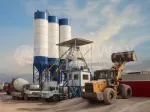
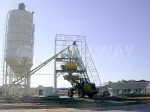
0 Comment